Cats, those enigmatic furballs, often have a reputation for being aloof and mysterious. Yet, as any cat lover knows, these creatures are full of emotions and express them in subtle ways. Understanding these emotional cues can strengthen the bond between you and your feline friend. Dive into these often-overlooked signals to better connect with your whiskered companion.
The Subtle Flick of A Tail
A cat’s tail is like a flag signaling its emotional state. When a cat flicks its tail quickly, it might be feeling irritated or overstimulated. On the other hand, a slow, gentle swish often indicates contentment. Observing your cat’s tail movements can provide insight into its mood. For instance, a tail standing straight up with a slight curve at the tip usually means your cat is happy to see you. It’s a bit like a human waving hello. Learning to interpret these movements requires practice, but it can help prevent misunderstandings between you and your cat.
Those Ears Have Something to Say
The direction and movement of a cat’s ears can reveal a lot about its emotional state. When a cat’s ears are forward, it’s usually relaxed or curious. Flattened ears, however, indicate fear or aggression. If your cat’s ears are swiveling constantly, it’s likely on high alert, listening to every sound. Think of their ears as tiny radar dishes, always scanning for information. Paying attention to this small but significant detail can help you understand when your cat is feeling uneasy or threatened, allowing you to adjust the environment accordingly.
Purring: More Than Just Contentment
While purring is commonly associated with a happy cat, it can also indicate other emotions. Cats may purr when they’re frightened or in pain as a way to comfort themselves. This dual purpose of purring can be confusing to cat owners. If your cat is purring but seems otherwise distressed, it might be signaling discomfort rather than joy. It’s similar to how humans might hum to calm themselves in a stressful situation. Recognizing this complexity in purring can help you better assess your cat’s overall well-being.
The Language of Slow Blinks
A slow blink from your cat is akin to a gentle hug or a whispered “I trust you.” When a cat looks at you and slowly closes its eyes, it’s a sign of affection and trust. Returning the gesture by slow blinking back can strengthen your bond. This exchange is often referred to as “cat kisses.” It’s a quiet, understated way for your feline friend to communicate its comfort and affection. Such small gestures can greatly enhance the relationship between you and your pet, creating a more harmonious household.
Nose Nudges and Head Butts
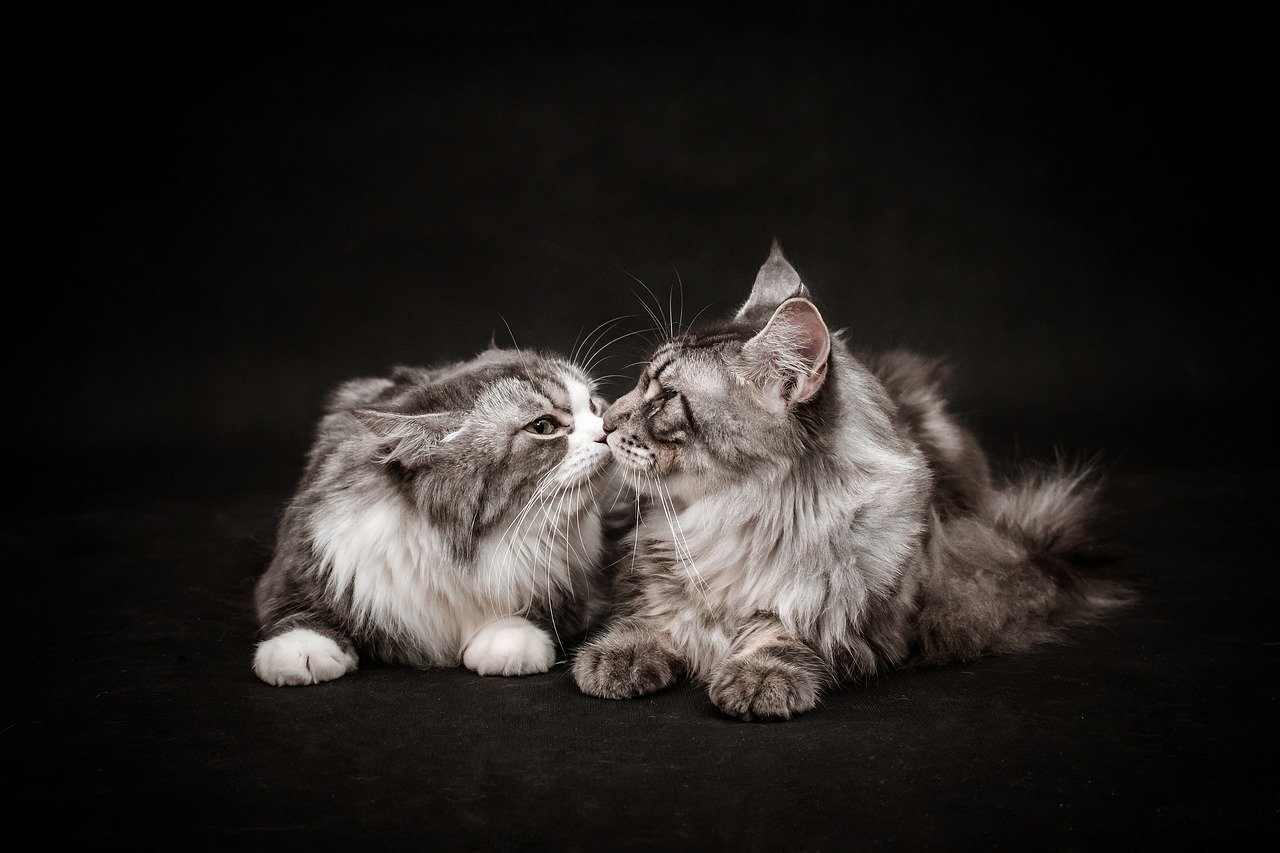
Known as “bunting,” when your cat nudges you with its nose or head, it’s marking you as part of its territory. This behavior is a sign of affection and acceptance. Cats have scent glands in their faces, and by head-butting you, they’re mingling their scent with yours. It’s a form of bonding, much like a human hug. Understanding this behavior helps you appreciate the unique ways cats express their love and attachment. It’s a reminder that, in the feline world, actions often speak louder than meows.
Vocal Variations: Beyond the Meow
Cats have a wide range of vocalizations, each with its own meaning. A high-pitched meow often indicates excitement or a greeting, while a low-pitched growl can signal discomfort or anger. Interestingly, cats tend to reserve their meows specifically for communication with humans. Observing the context and tone of your cat’s vocalizations can give you clues about its emotional state. It’s like learning a new language, where each sound carries a specific message. Being attuned to these nuances can enhance your understanding and responsiveness to your cat’s needs.
The Significance of Whisker Positions
Whiskers are more than just charming facial features; they’re crucial sensory tools. When a cat’s whiskers are pushed forward, it’s usually curious or excited. Conversely, when whiskers are pulled back, the cat might be feeling threatened or scared. Whiskers help cats navigate their environment, much like a blind person’s cane. Paying attention to whisker positions can provide additional context to your cat’s feelings and intentions. This subtle yet important detail can make a significant difference in how you interact with your feline friend.
The Mystery of the Tummy Display
When a cat rolls over and exposes its belly, it’s often a sign of trust and relaxation. However, it’s not always an invitation for a belly rub. Some cats might react defensively if you touch their stomachs. This behavior is similar to how humans might smile but still prefer personal space. Understanding that a tummy display can be both a sign of trust and a request for respect helps maintain a positive interaction. It’s a reminder to approach such moments with sensitivity and caution.
Playful Biting: Love Bites Explained
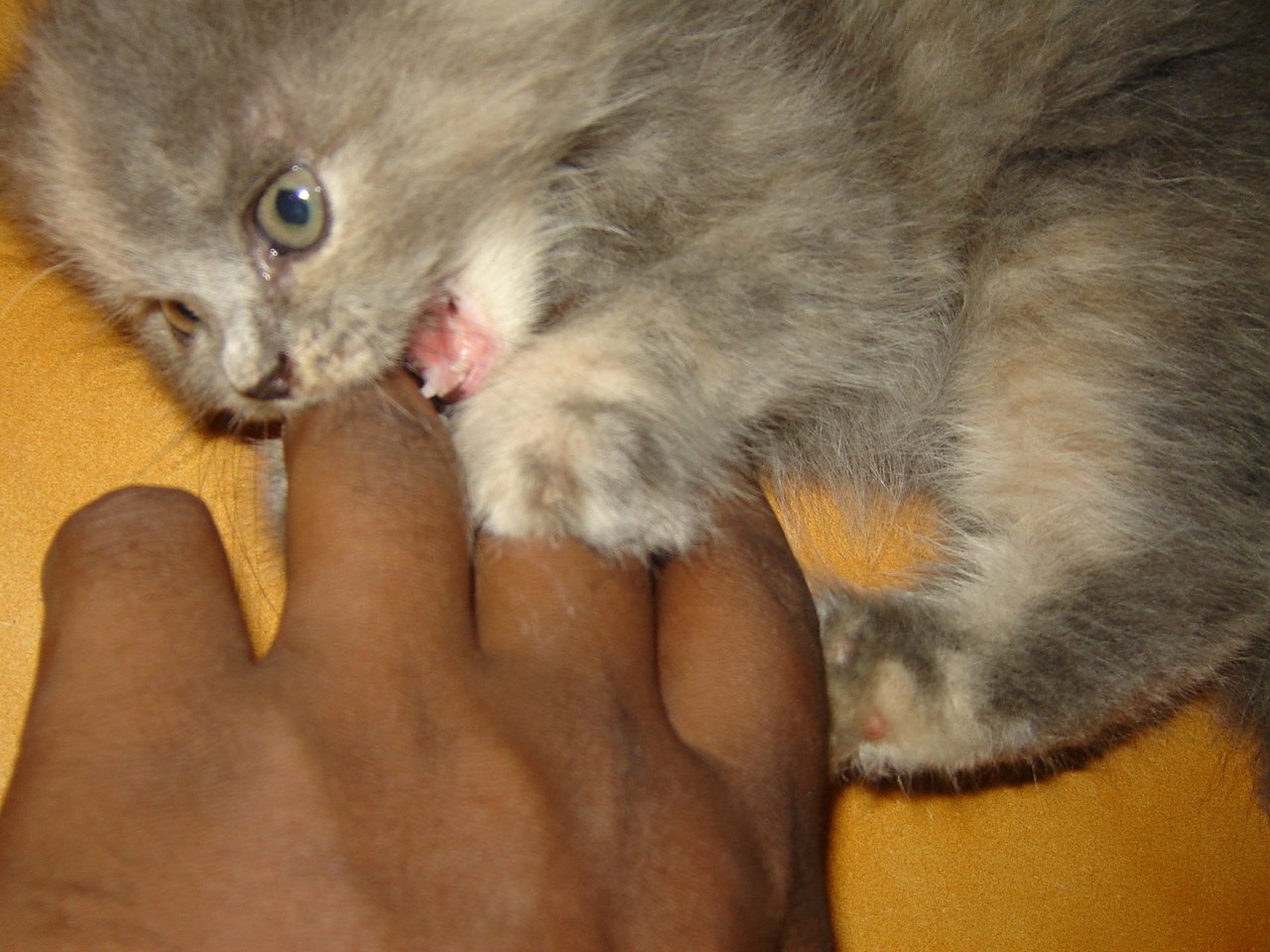
Cats sometimes engage in playful biting, which can be confusing for owners. These “love bites” are usually gentle and meant as a form of play or affection. However, if the bites become too hard, it might indicate overstimulation or annoyance. It’s akin to how siblings might playfully tease each other. Recognizing the difference between playful and aggressive biting helps ensure that playtime remains enjoyable for both you and your cat. It’s about setting boundaries while appreciating the playful nature of your feline companion.
Understanding the Arched Back
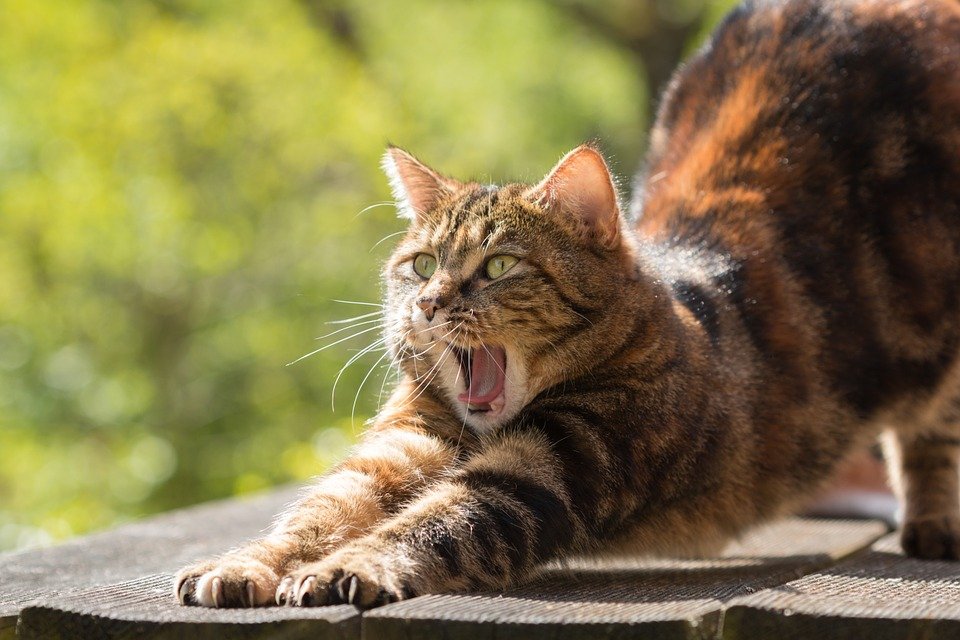
An arched back in a cat can have multiple meanings. When paired with puffy fur and a sideways stance, it’s a defensive posture, indicating fear or aggression. However, if your cat’s back is arched during a stretch, it simply means it’s having a good stretch. This dual meaning requires context to interpret correctly. It’s comparable to how a human might raise their arms in both a stretch and a gesture of surrender. Being aware of the context can help you respond appropriately to your cat’s needs.
Tail Quiver: An Overlooked Gesture
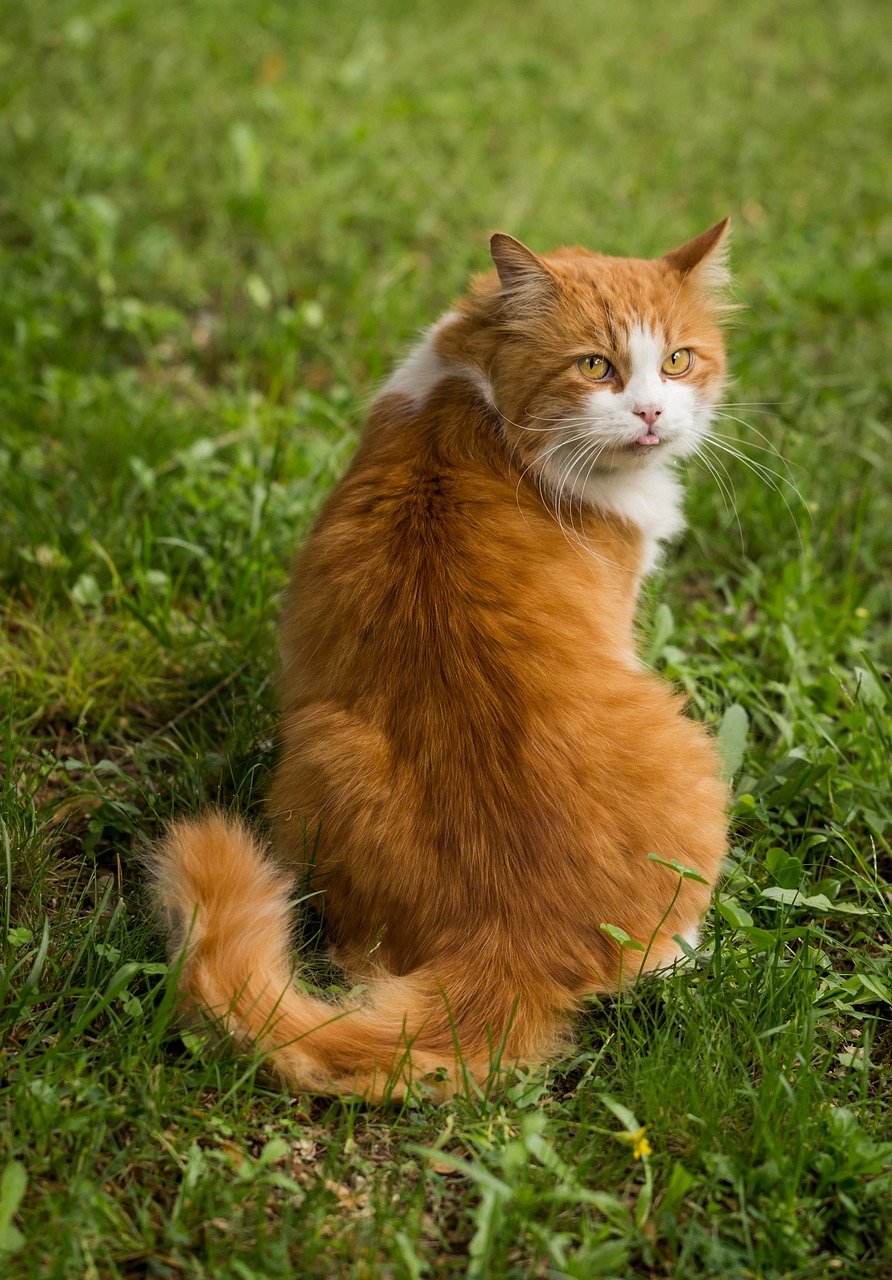
A quivering tail is a delightful expression of excitement or affection in cats. When your cat greets you with a tail quiver, it’s a sign of happiness and positive anticipation. It’s similar to how a person might excitedly clap their hands. This gesture is often accompanied by purring or chirping, reinforcing the joyful mood. Recognizing the tail quiver as a positive signal can enhance your daily interactions with your cat, making them more rewarding and enjoyable.
Reading the Paw Kneading
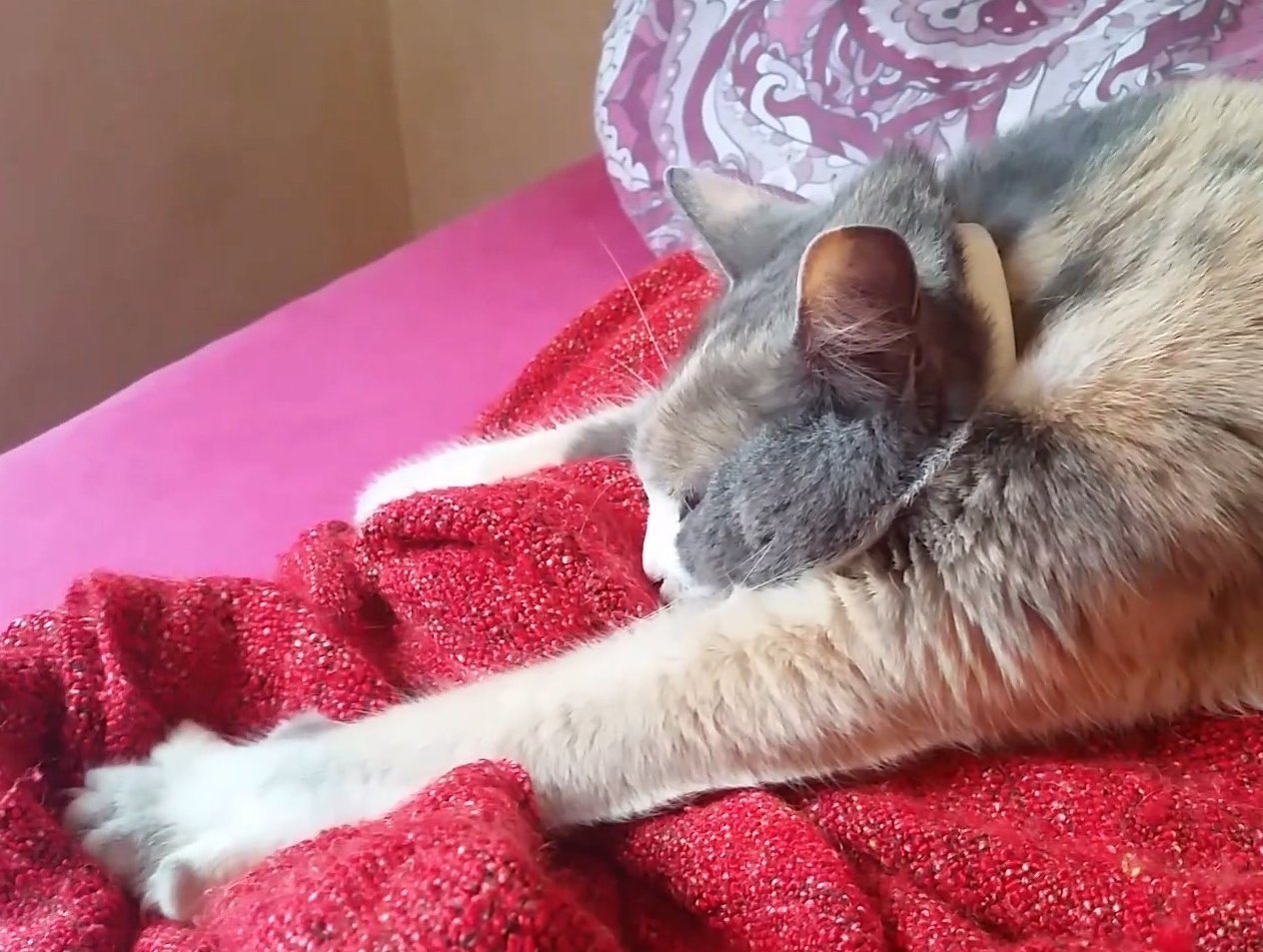
When cats knead with their paws, it’s a behavior rooted in kittenhood. This action is often associated with comfort and contentment. Adult cats may knead when they’re feeling particularly happy and relaxed. It’s akin to how humans might fidget or tap their feet when feeling comfortable. Understanding kneading as a sign of contentment can help you identify when your cat is at ease in its environment. It’s a gentle reminder of the simpler joys in life.
Decoding the Chirps and Trills
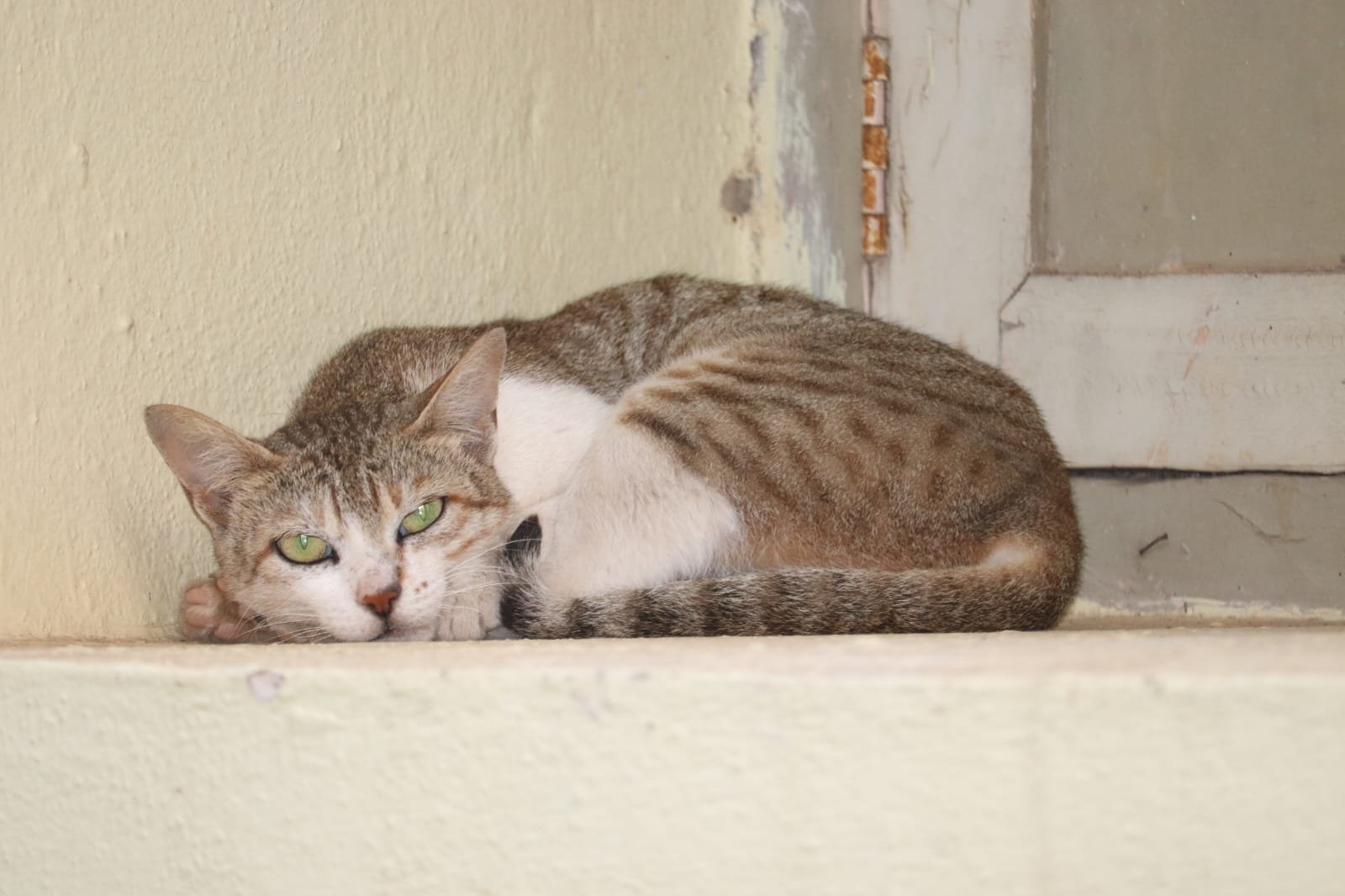
Chirping and trilling are unique vocalizations that cats often use to express excitement or greet their owners. These sounds are different from meows and often indicate happiness or curiosity. It’s similar to how humans might use different tones or inflections to convey enthusiasm. Recognizing these sounds as positive expressions can help you respond more warmly to your cat’s greetings. It’s a way to acknowledge their joy and return it in kind.
Observing the Slow Approach
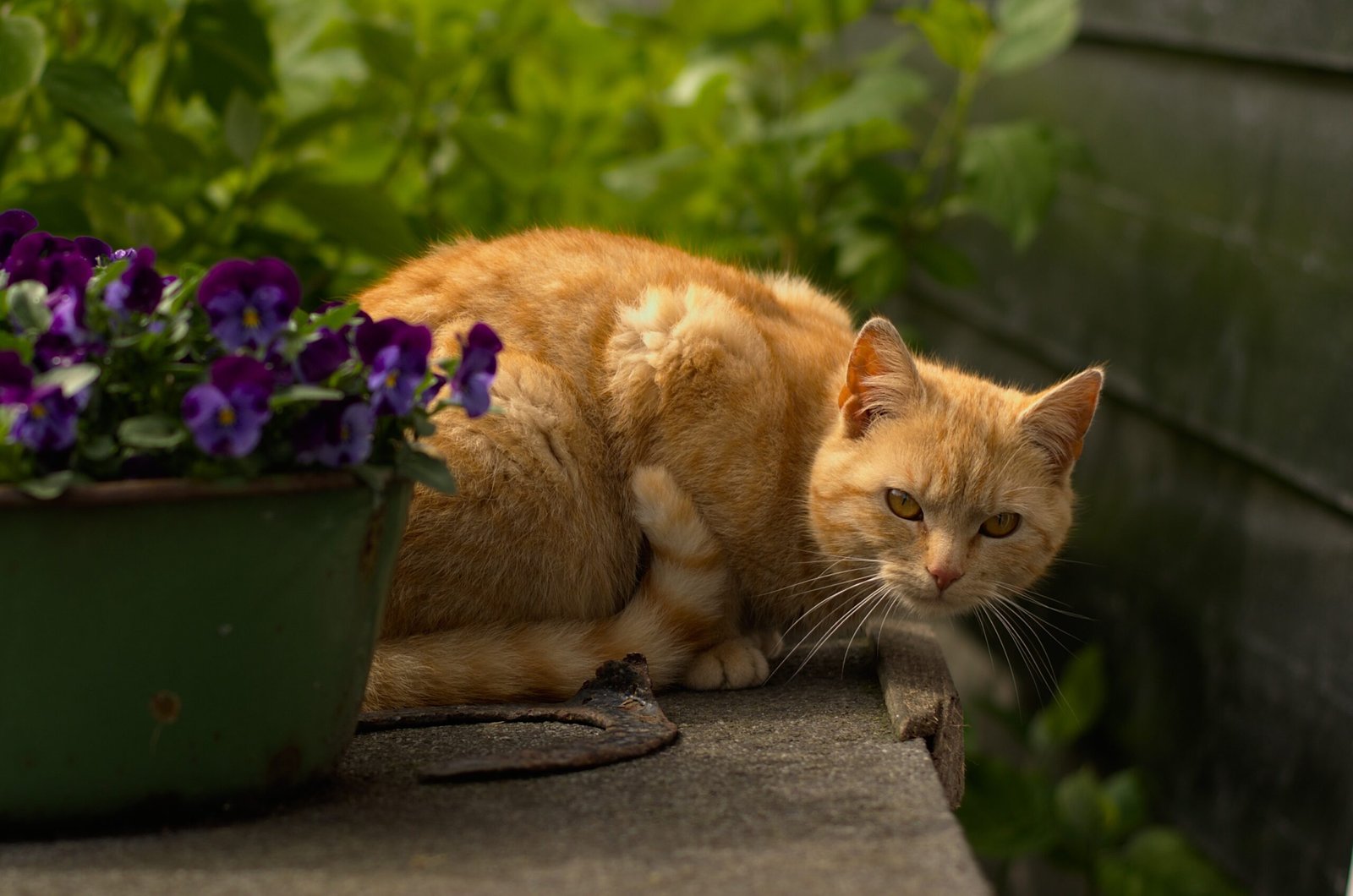
When a cat approaches you slowly, it’s often a sign of caution or curiosity. This careful approach allows the cat to assess the situation before committing to interaction. It’s akin to how humans might cautiously enter a room to gauge the mood. Understanding this behavior helps you create a welcoming environment that encourages your cat to feel safe and comfortable. It’s about building trust through patience and understanding.
The Gentle Tap of a Paw
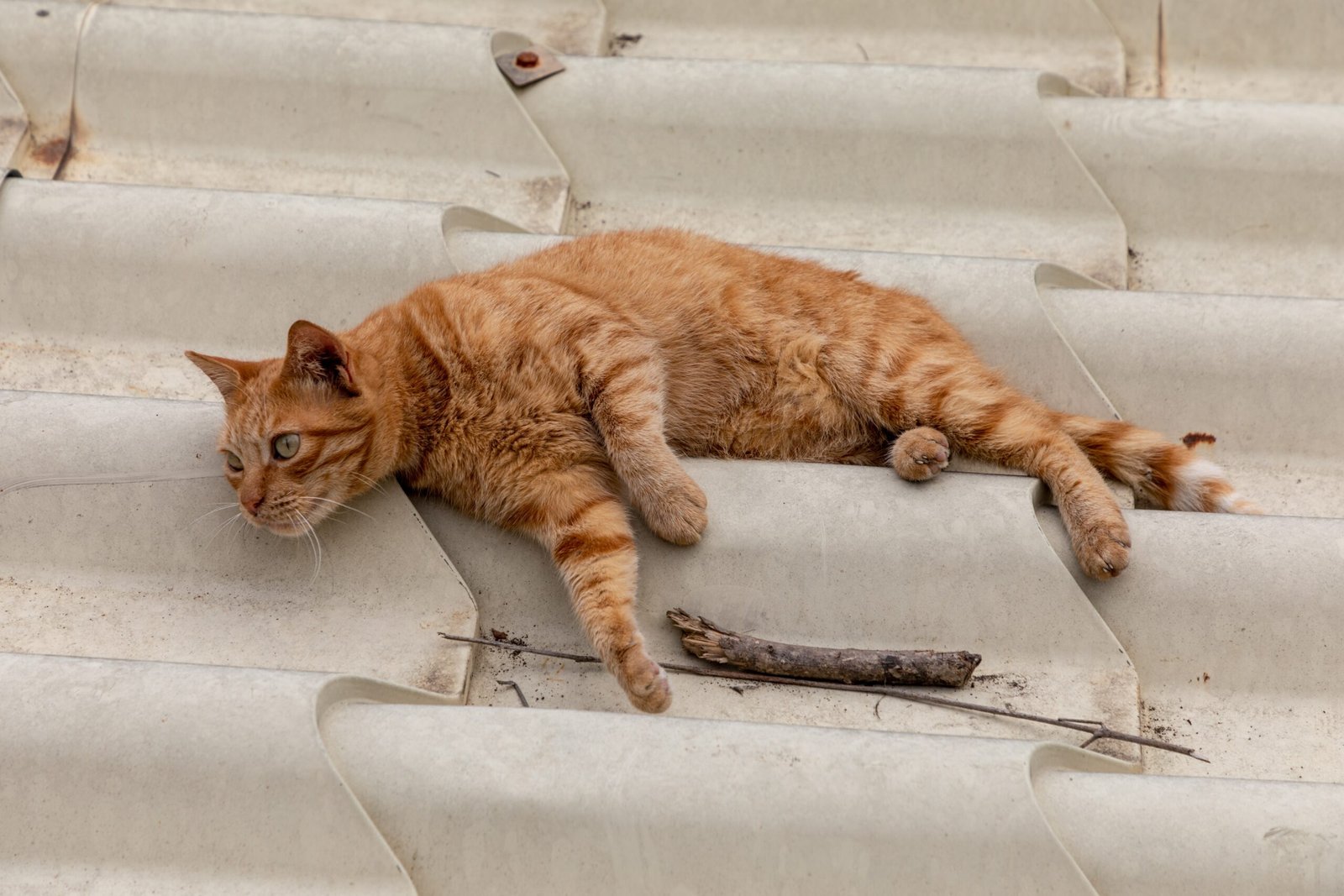
A gentle tap of a cat’s paw can be a playful gesture or a request for attention. This behavior is often seen when your cat wants to engage with you or get your focus. It’s similar to how a child might tug at a parent’s sleeve to get their attention. Recognizing this cue as a sign of affection or need can help you respond appropriately to your cat’s desires. It’s about acknowledging their presence and reciprocating their interest.
Understanding the ‘Cat Loaf’ Position
When a cat sits with its paws tucked under its body, resembling a loaf of bread, it’s often a sign of relaxation and contentment. This position indicates that the cat feels safe and comfortable in its environment. It’s akin to how humans might settle into a cozy chair when they feel at ease. Recognizing the ‘cat loaf’ as a positive sign can help you identify when your cat feels secure and happy. It’s a visual affirmation of their trust in you.
The Power of Scent Marking
Cats use scent marking as a way to communicate and establish territory. When your cat rubs its face against furniture or people, it’s leaving behind pheromones that signal ownership and familiarity. It’s similar to how humans personalize their spaces with personal belongings. Understanding scent marking as a natural behavior can help you appreciate your cat’s need to feel in control of its environment. It’s about respecting their instincts while fostering a harmonious coexistence.
Recognizing the Silent Stare
A cat’s silent stare can have various meanings, from curiosity to a request for attention. This intense gaze can be a way for your cat to communicate its interest or needs. It’s akin to how humans might use eye contact to convey messages without words. Recognizing the silent stare as a form of communication can help you better understand your cat’s intentions and respond accordingly. It’s about reading between the lines to foster better communication.
Understanding Litter Box Behavior
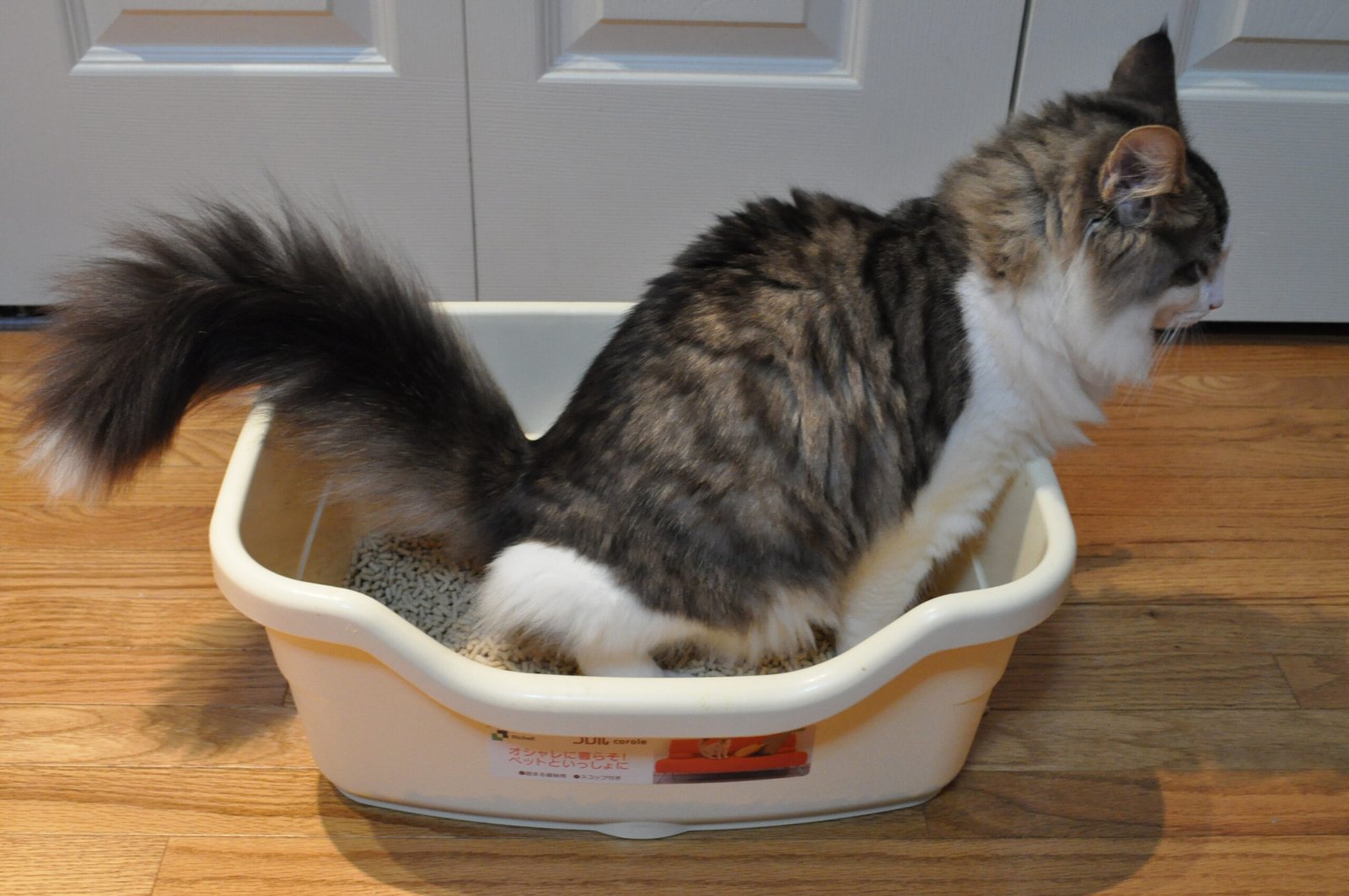
Changes in litter box behavior can indicate emotional or health issues in cats. Whether it’s avoiding the box or excessive digging, these behaviors can signal stress, anxiety, or discomfort. It’s similar to how humans might exhibit changes in habits when experiencing stress. Being attentive to these changes can help you address potential problems early on, ensuring your cat’s well-being. It’s about being proactive in maintaining their health and happiness.
The Conclusion of Your Cat’s Emotional Language
Understanding your cat’s emotional cues can deepen the bond between you and your feline friend. These subtle signals, from tail flicks to slow blinks, are your cat’s way of communicating its feelings and needs. By paying attention to these cues, you can create a more harmonious and loving relationship. After all, every meow, purr, and nuzzle is a testament to the unique language of love shared between you and your cat.
Hi, I’m Bola, a passionate writer and creative strategist with a knack for crafting compelling content that educates, inspires, and connects. Over the years, I’ve honed my skills across various writing fields, including content creation, copywriting, online course development, and video scriptwriting.
When I’m not at my desk, you’ll find me exploring new ideas, reading books, or brainstorming creative ways to solve challenges. I believe that words have the power to transform, and I’m here to help you leverage that power for success.
Thanks for stopping by, Keep coming to this website to checkout new articles form me. You’d always love it!





